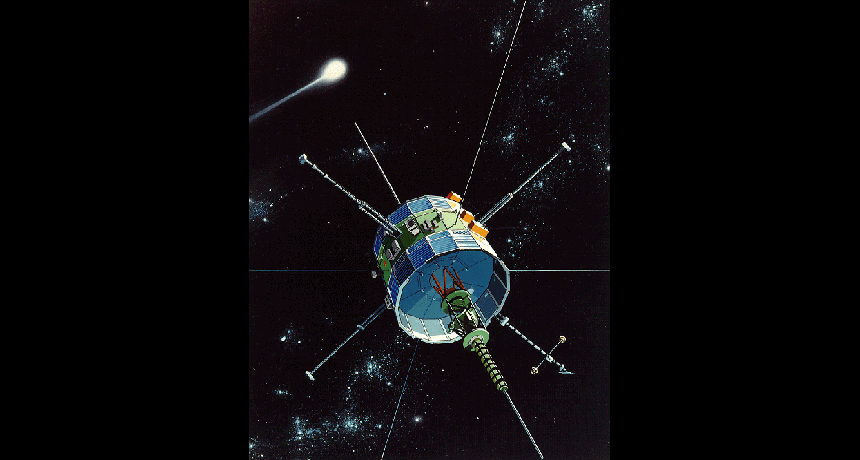The first spacecraft buzzed a comet today in 1985

The ICE spacecraft, seen in this artist’s illustration, became the first probe to fly past a comet 30 years ago.
NASA

The ICE spacecraft, seen in this artist’s illustration, became the first probe to fly past a comet 30 years ago.
NASA